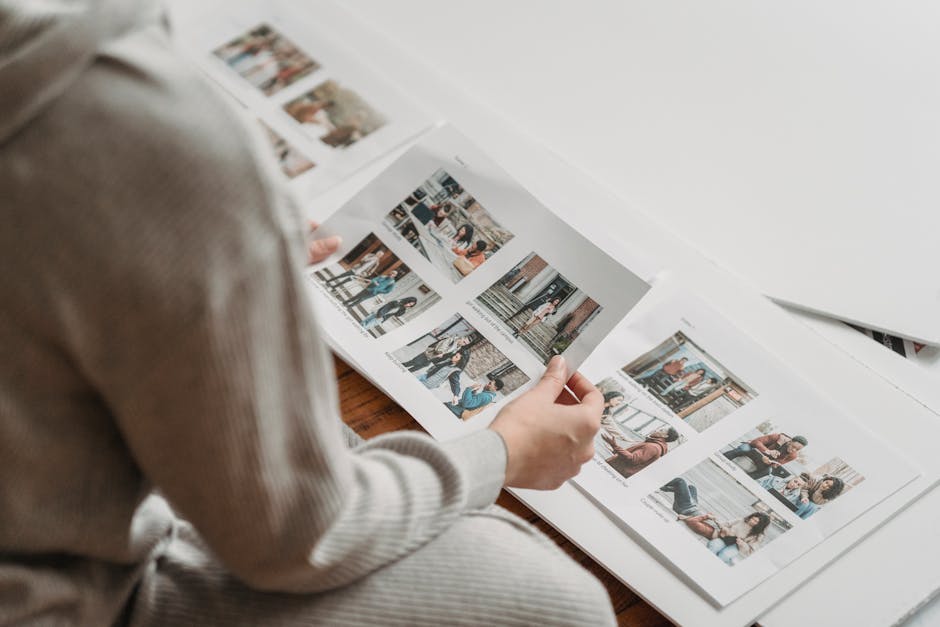
Experiencing a solar or lunar eclipse is truly breathtaking. These celestial events ignite our curiosity and remind us of the vastness and mysteries of the universe. However, it’s crucial to prioritize eye safety during these occurrences. Directly looking at an eclipse without proper protection can lead to irreversible eye damage.
Why is protective eyewear necessary?
Eclipses happen when the Moon comes between the Sun and Earth, casting a shadow on our planet. During a solar eclipse, the Moon perfectly aligns with the Sun, partially or fully blocking its rays and creating a stunning display in the sky. While the human eye can safely observe the Sun under normal circumstances, the intense rays emitted during an eclipse can be harmful.
Staring at the Sun during an eclipse exposes your eyes to a high concentration of ultraviolet (UV) and infrared (IR) radiation. These harmful rays can cause severe damage to the retina, leading to vision loss or even blindness. Therefore, wearing the right protective eyewear is of utmost importance to safeguard your eyesight.
What makes proper eyewear essential?
The only time it’s safe to look directly at an eclipse is during the brief period of totality in a solar eclipse, when the only visible portion is the corona, the Sun’s outer atmosphere. However, this momentary safe period lasts merely a few minutes, and it is crucial to have the right eyewear to protect your eyes before and after totality. Ordinary sunglasses or homemade filters are not sufficient to shield your eyes from the Sun’s harmful rays.
Choosing the right eyewear
Specialized solar eclipse glasses or handheld viewers with certified solar filters are the recommended options to observe an eclipse safely. These glasses have lenses specifically designed to filter out the harmful UV and IR radiation, reducing the intensity to a safe level. They provide the necessary protection while still allowing you to witness the beauty of the celestial event.
Make sure to check for the ISO 12312-2 certification on the glasses, ensuring they meet the safety requirements for eclipse viewing. Do not use scratched or damaged glasses, as they may not offer adequate protection. Always supervise children to ensure they properly use their eyewear.
Alternative ways to watch
If you do not have access to certified eyewear, there are alternative indirect methods to enjoy the eclipse without directly looking at the Sun. One popular technique is to create a pinhole camera or utilize eclipse glasses to project the image of the eclipse onto a piece of cardboard or a white surface.
Remember, your eyes are delicate and irreplaceable. By taking the necessary precautions and using the appropriate protective eyewear, you can have a memorable and safe experience witnessing the mesmerizing beauty of an eclipse.
In summary
- Eclipses are captivating celestial events that require proper protective eyewear.
- Looking directly at an eclipse without protection can cause severe eye damage.
- Solar eclipse glasses with ISO 12312-2 certification provide the necessary safety.
- Alternative methods like pinhole cameras offer indirect viewing options.
- Prioritize eye safety and ensure a memorable and safe eclipse-watching experience.
Protect your eyes, enjoy the spectacle, and keep exploring the wonders of the universe!